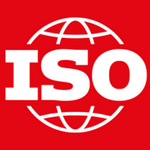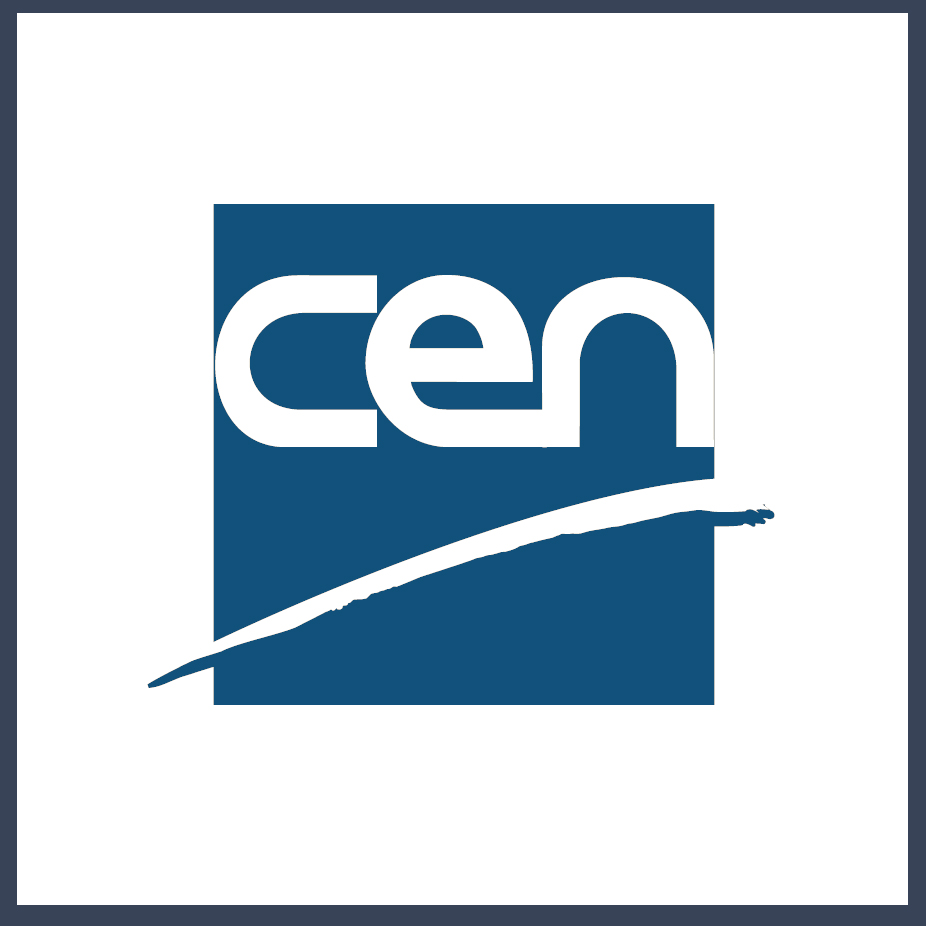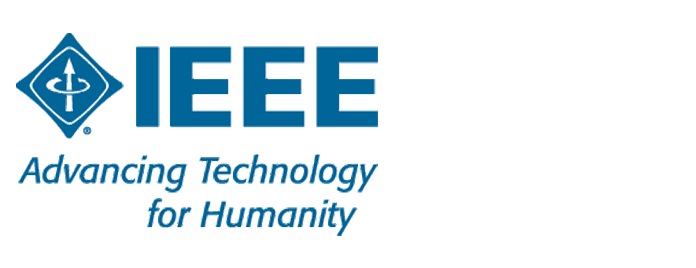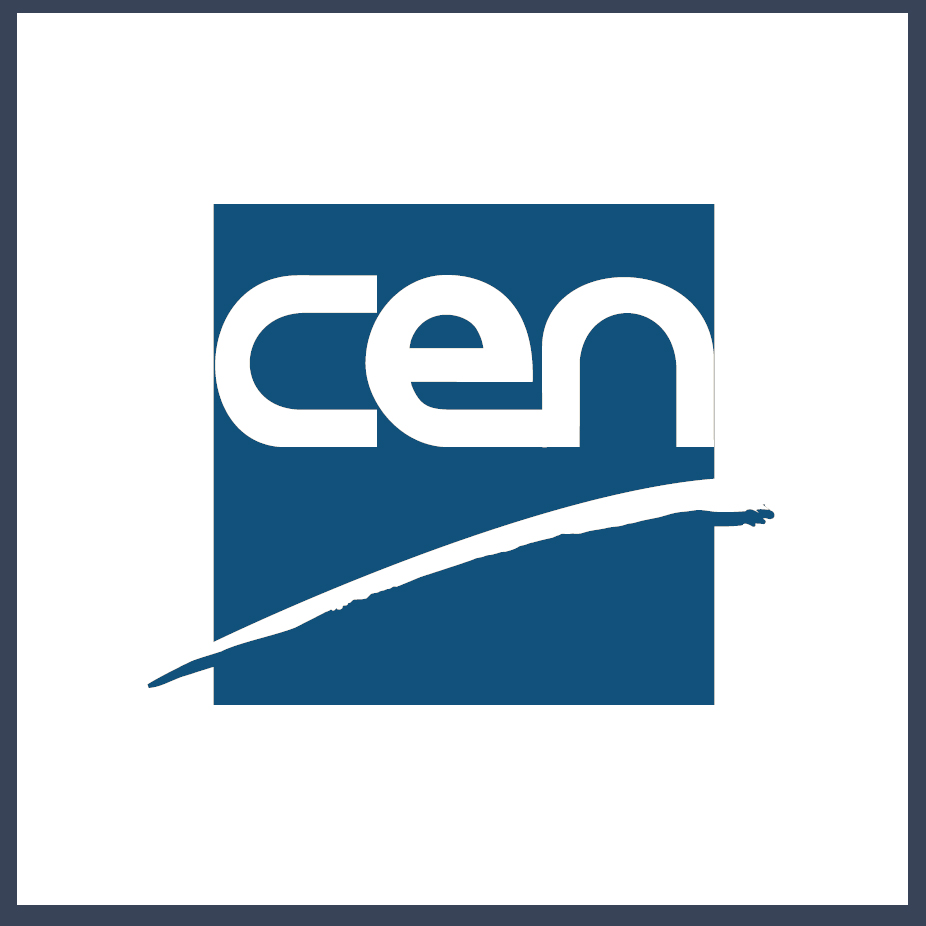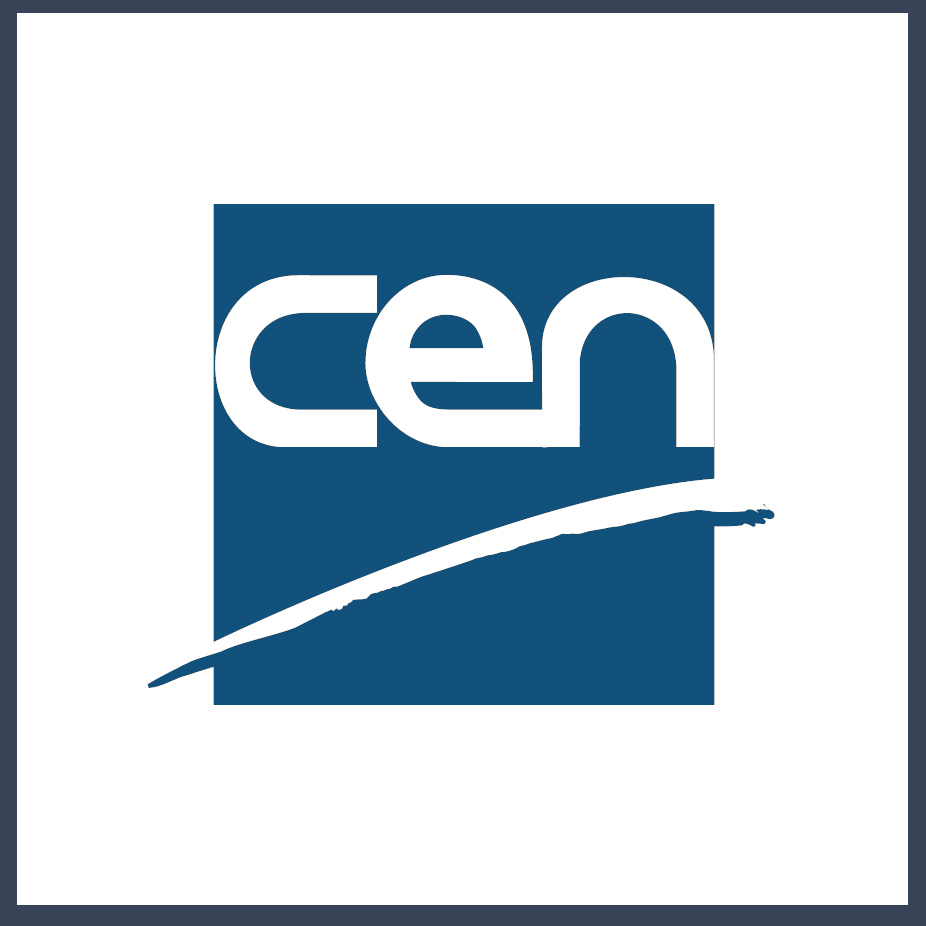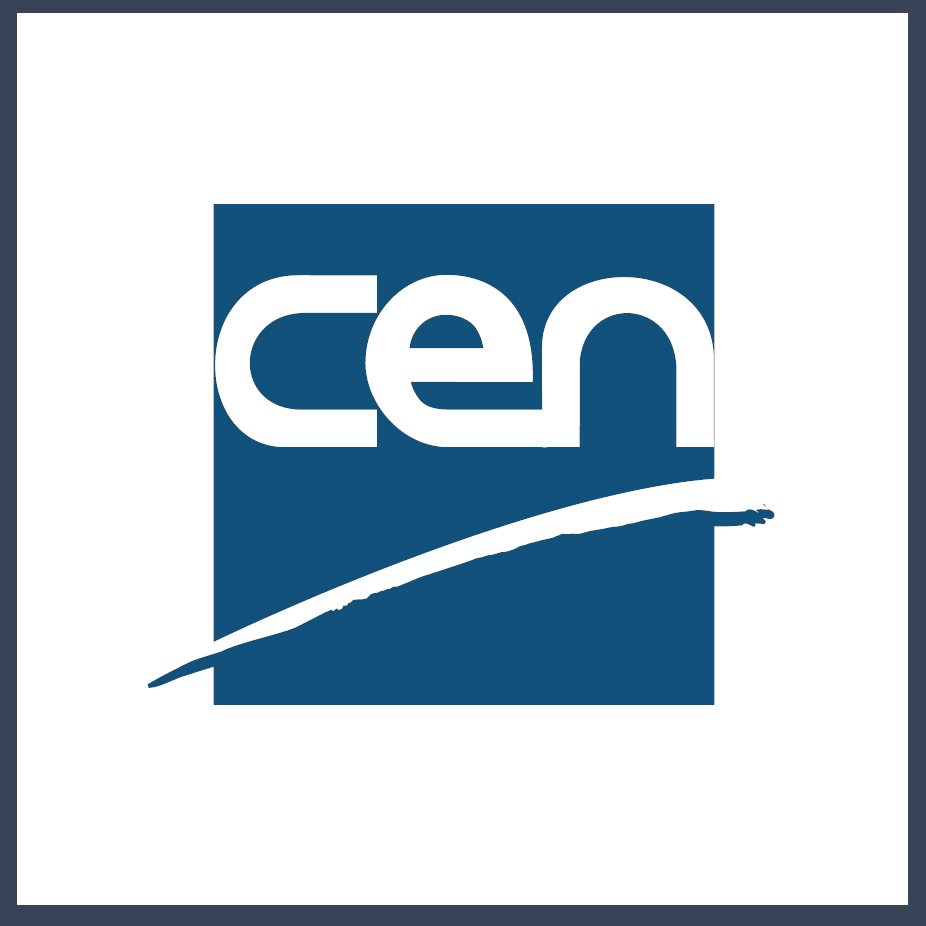Distributed Resource Management Application API Working Group (DRMAA-WG)
The 'Distributed Resource Management Application API (DRMAA)' working group develops and maintains a set of API specifications for tightly coupled and portable programmatic access to cluster, grid, and cloud systems. The DRMAA working group deliverables are intended to facilitate the development of portable application programs and high-level libraries such as SAGA or OGSA-BES. DRM system vendors can provide a standardized access to their product through a DRMAA implementation. High-level API designers, meta-scheduler architects and end users can rely on such DRMAA implementations for a unified access to execution resources. The scope of the API standardization is focused on job submission, job control, reservation management, and retrieval of job and machine monitoring information.
- Project-Homepage: http://www.drmaa.org/
- Subprojects: DRMAAv1, DRMAAv2 C Binding, DRMAAv2 Go Binding, DRMAAv2 OCCI Binding, DRMAAv2 Root Specification
- GridForge Project (historical): https://forge.ogf.org/sf/projects/drmaa-wg



